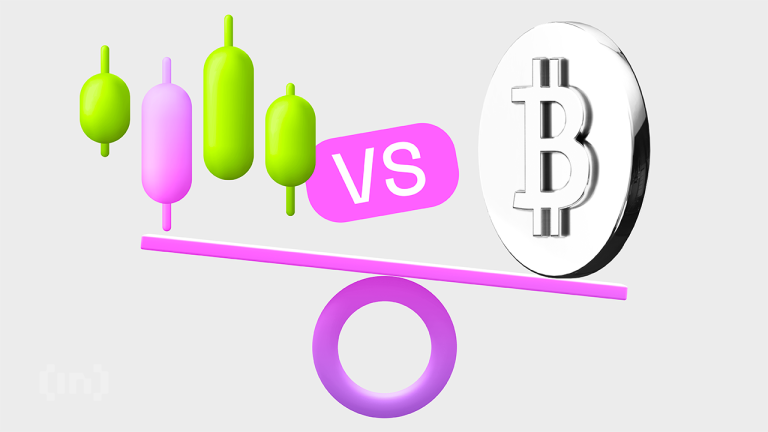
“
Focus Keyword: Wearable Tech
Introduction to Wearable Tech
Wearable tech, also known as wearable technology or wearables, refers to electronic devices that are designed to be worn on the body. These devices can track various aspects of a person’s life, such as their physical activity, sleep patterns, and vital signs. Wearable tech has been gaining popularity over the past decade, with the global market expected to reach $51.6 billion by 2025. For insights on what to expect, check out our article on Next-Gen Wearables.
The Evolution of Wearable Tech
The first wearable tech devices were simple pedometers and fitness trackers that could only track steps taken and distance traveled. However, with advancements in technology, wearable devices have become more sophisticated and can now track a wide range of activities, including running, swimming, and cycling. Additionally, many wearable devices now come with features such as heart rate monitoring, GPS tracking, and notification alerts. Explore more about the innovations in wearable tech expected in the coming years.
Applications of Wearable Tech Beyond Fitness
While fitness tracking is still one of the primary uses of wearable tech, these devices are now being used in various other applications. For example, wearable devices can be used to track sleep patterns, monitor glucose levels, and even detect health conditions such as atrial fibrillation. Additionally, wearable tech is being used in the workplace to track employee productivity and safety. Learn more about how wearable tech is bridging the gap between health and technology in our post on Wearable Tech in 2025.
The Future of Wearable Tech
By 2025, wearable tech is expected to play an even more significant role in everyday life. With the rise of the Internet of Things (IoT), wearable devices will be able to connect with other smart devices, such as smart home systems and smart cars, to provide a more seamless and integrated experience. Additionally, advancements in artificial intelligence (AI) and machine learning (ML) will enable wearable devices to provide more personalized and predictive insights, such as detecting health risks and providing recommendations for improvement.
Conclusion
In conclusion, wearable tech is transforming everyday life, from fitness tracking to smart home control. With the global market expected to reach $51.6 billion by 2025, it is clear that wearable tech is here to stay. As technology continues to advance, we can expect to see even more innovative applications of wearable tech in the future.






2 thoughts on “Beyond Fitness: The Expanding Role of Wearable Tech in Everyday Life by 2025”
Comments are closed.